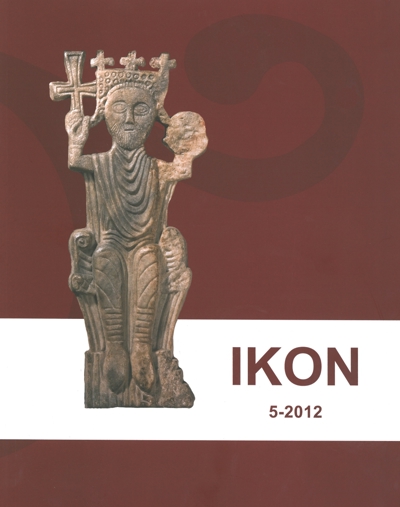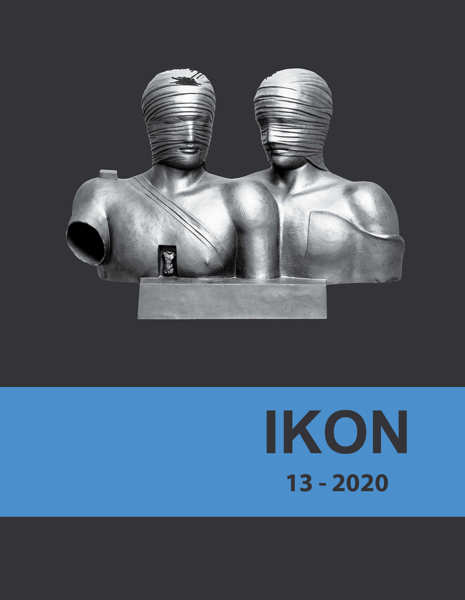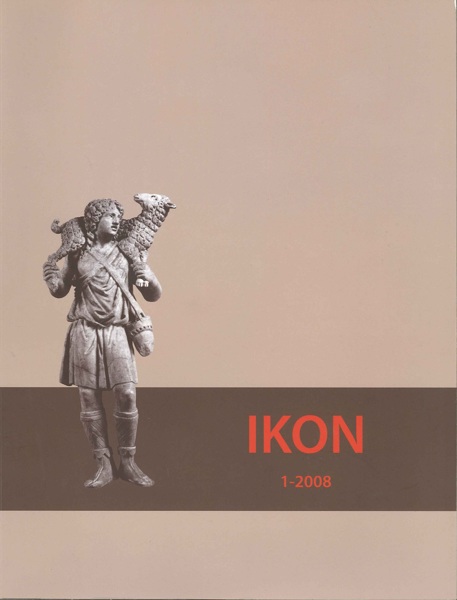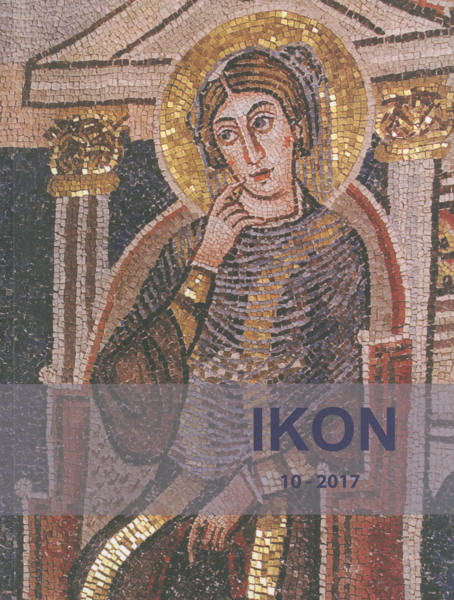
- Pages: 416 p.
- Size:240 x 310 mm
- Language(s):English
- Publication Year:2016
- € 52,00 EXCL. VAT RETAIL PRICE
- ISBN: 978-2-503-56589-7
- Paperback
- Available
- E-journal
- Available
Uvodna riječ / Foreword
Davor Džalto, Icons – Between Images and Words. Modes of Representation or Modes of Being
Alexei Lidov, lconicity as Spatial Notion. A New Vision of Icons in Contemporary Art
Hieromonk Silouan Justiniano, The Degraded lconicity of the Icon. The Icon's Materiality and Mechanical Reproduction
Maria Vassilaki, Painting Icons in Venetian Crete at the Time of the Council of Ferrara/Florence (1438/1439)
Olga Gratziou, From Heaven to Earth. Perceptions of Reality in Icon Painting
Zoraida Demori Staničić, Miraculous Icons in Dalmatia
Maria Cristina Carile, Imperial Icons in Late Antiquity and Byzantium. The Iconic Image of the Emperor Between Representation and Presence
Jelena Erdeljan - Branka Vranešević, Eikōn and Magic. Solomon's Knot on the Floor Mosaic in Herakleia Lynkestis
Maria Lidova, Empress, Virgin, Ecclesia. The Icon of Santa Maria in Trastevere in the Early Byzantine Context
Ashley Elizabeth Jones, Icons of Power. The Late Antique Imperial Portrait as Image and Amulet
Gaetano Curzi, The Two Triclinia of Pope Leo III as "Icons of Power"
Sotiria Kordi, Corporeal Perceptions of the Immaterial. Agency and Rhythm in Palaeologan Monumental Painting
Donald Ostrowski, The Last Supper in the Illustrated Chronicle Compilation (Litsevoi letopisnyi svod)
lsolde Thyrêt, The Icon as a Medium to Construct a Saint's Image. The Earliest Icons of Saint Nil Stolbenskii
Snežana Filipova, Examples of Icons with Western Influences in Iconography in the Art of Macedonia. Case Study of the Icon Virgin with Child (inv. no. 81) from the Ohrid Gallery of Icons
Svetlana V. Cheloukhina, The Arkhyz Savior. A Rock-Wall Icon in Nizhnii Arkhyz, Karachay-Cherkessia (Russia)
Dmitriy Antonov, Hair on End. Demons and Sinners in Old Russian Iconography
Valentina Živković, The Deathbed Experience – Icons as Mental Images. Preparations for a Good Death in Late Medieval Kotor (Montenegro)
Michael S. Flier, The Baptism of Christ in Muscovite Iconography. Tradition and Innovation
Giuseppe Capriotti, Defining the Boundaries of the Lawful Cult. History of an Adriatic Icon
Lasse Hodne, Aeiparthenos. Metaphors and Symbols of Virginity in Italian, Dutch and Byzantine Representations of the Annunciation around 1400
Claudia Cieri Via, The Invisible in the Visible. The Annunciation by Antonello da Messina from Narrative to Icon
Deborah Walberg, Tradition and Propaganda in the Venetian Madonna della Pace
Laura Stagno, Embedding Byzantine Icons in Post-Tridentine and Baroque Splendor. Reception and Celebration of Eastern Cult Images in the Republic of Genoa in 16th-18th Centuries
Ana Šeparović, Icons and Croatian Painting in the Early 20th Century
Branka Gugolj - Danijela Tešić-Radovanović, The Žiča Altar Screen Icons
Charlotte Gill, A "Direct Perception of Life". How the Russian Avant-Garde Utilised the Icon Tradition to Form a Powerful Modern Aesthetic
Elena Ene D-Vasilescu, Twentieth Century Developments in European Icon Painting
Rebeka Vidrih, lconisation at Work. Malevich's Black Square, the Modern Icon at Tate Modern
Karen Von Veh, Contemporary Iconoclasm in South Africa. Transgressive Images of the Madonna and Christ in Response to Social Politics
Amy Singleton Adams, Learning to Look. The Meaning of the Unseen Icon in Dostoevsky's The Idiot
Yvonne Dohna Schlobitten, La forma dell'immagine. La formazione liturgica
Ding Ning, Re-reading Li Gonglin's Painting of a Country Retreat (shan-zhuang tu) at Villa I Tatti
Prilozi - Prikazi- Dodatak / Contributions- Reviews- Appendix
Emma Chookaszian, L'image de la Vierge de Misericorde dans les miniatures arméniennes du Royaume de Cilicie du XIIIe siècle. Comparaison avec les icones occidentales et origine du type iconographique
Barbara Spanjoi-Pandelo, Venetian Painting of the Cinquecento. Reading the (ln)Visible
Deveti međunarodni znanstveni skup ikonografskih studija / Ninth International Conference of Iconographic Studies




